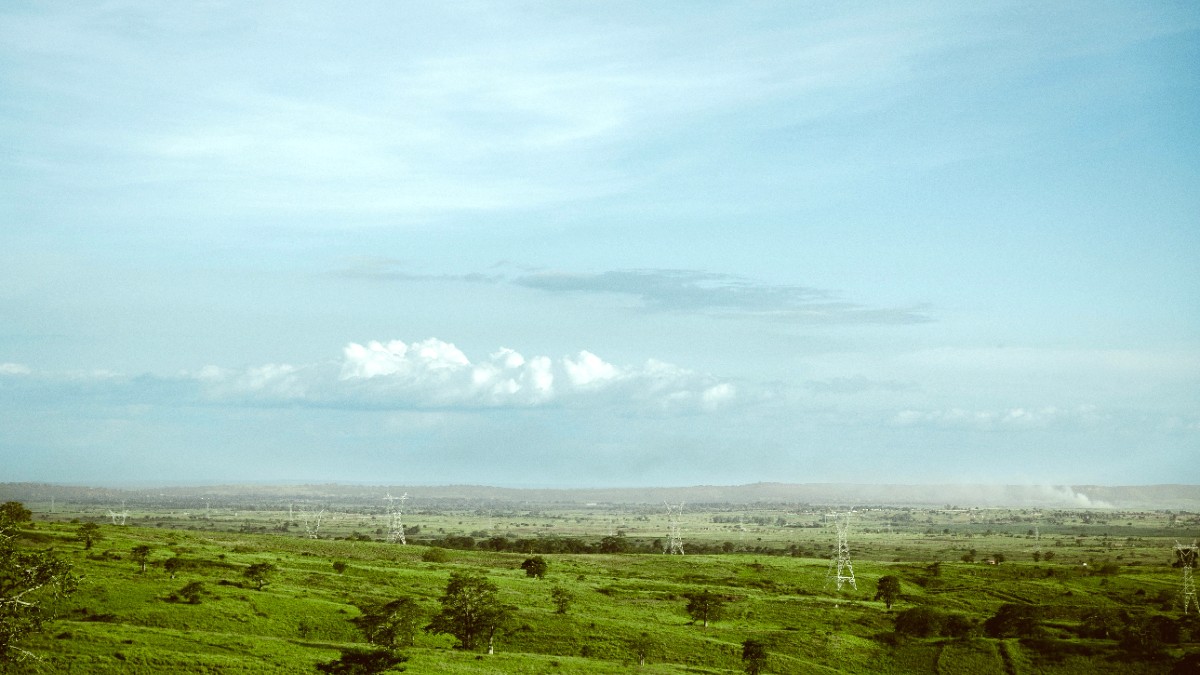
These sites are symbols of Angola's history and national identity, drawing visitors to their grandeur and stories.
Fortress of São Miguel (Fortaleza de São Miguel), Luanda: An impressive fortress from the 16th century, it is one of the oldest surviving Portuguese colonial structures in Angola. It houses the Museum of the Armed Forces.
Visitor Information: Check local listings for opening hours and entrance fees. Guided tours are often available. Visit in the late afternoon for pleasant temperatures and panoramic views of Luanda Bay, city skyline, and Ilha do Cabo, especially at sunset. The museum's outdoor displays are worth exploring. Weekdays are generally less crowded.
Check local listings for current programming and special exhibits. Many experiences can be booked through platforms like GetYourGuide.
Old railway lines and military fortifications throughout the country. Stories of past development and conflicts.
Angola boasts remarkable natural beauty, from dramatic waterfalls to unique desert landscapes and coastal wonders.
Inland in Malanje Province. Spectacular waterfalls on the Lucala River, one of Africa's largest by volume. Impressive power and beauty, especially in the rainy season.
A dramatic geological formation, a deep gorge with stunning panoramic views from the plateau rim. Mist often fills the fissure in mornings, creating a mystical atmosphere.
South of Luanda on the coastal road. Unique, eroded landscape like a lunar surface, with colorful cliffs shaped by wind and rain. Easily accessible day trip from Luanda.
Closest national park to Luanda. Opportunities for wildlife viewing. Efforts are underway to reintroduce species like elephants and giraffes. A 4x4 and guide are needed for game drives.
Kissama is the main destination. Other parks exist but are harder to access, with sparser wildlife due to historical poaching.
Beaches around Luanda (Ilha do Cabo, Mussulo Island) and along the southern coast (Benguela, Namibe provinces). Inland, various lakes and rivers for fishing or scenic beauty.
Near Lubango, a famously scenic mountain road with dramatic hairpin bends. A marvel of engineering and a photographer's delight.
Namibe Province. A stunning coastal desert lagoon where the desert meets the ocean. Its isolation presents a pristine and awe-inspiring natural wonder.
Namibe Province. This ephemeral desert river is home to remarkable desert landscapes and large concentrations of Welwitschia Mirabilis plants, ancient living fossils unique to this arid region.
Angola offers lesser-known spots that present unique experiences for the adventurous traveler.
Planning your activities in Angola means considering its diverse offerings.
From historical explorations in Luanda to natural wonders and unique cultural experiences, a well-structured itinerary gains from local insights and reliable tour operators. Many guided tours and tickets for attractions can be found on platforms like GetYourGuide.
Access to attractions may involve significant travel. Safety precautions are present in urban areas.
The dry season (May to October) is generally the best time for sightseeing, offering more comfortable weather and better road conditions for reaching remote areas.
In Luanda, taxis and ride-sharing services are available. For inter-city travel or remote attractions, organized tours or private vehicle rentals with drivers are common.
General safety precautions apply to all urban areas. It is always wise to seek local advice from hotel staff or trusted residents regarding areas or specific streets that may be less safe.
Beyond the main attractions, Angola presents lesser-known spots that offer unique experiences for the adventurous traveler.
Near Lubango, a famously scenic mountain road with dramatic hairpin bends. A marvel of engineering and a photographer's delight.
Namibe Province. A stunning coastal desert lagoon where the desert meets the ocean. Its isolation is pristine and awe-inspiring.
Namibe Province. An ephemeral desert river home to remarkable landscapes and large concentrations of Welwitschia Mirabilis plants.
Explore markets outside the main tourist areas in provincial towns for an authentic glimpse into daily life and commerce.
Check local calendars for community-based festivals or events. They offer deep cultural immersion and are not typically geared towards tourists.
As infrastructure develops, areas in the interior or the far south gain accessibility. Potential for cultural encounters or exploration of untouched landscapes.
Capture the surreal beauty of sunrise or sunset over the lunar-like landscape.
Experience the sheer scale and power of Kalandula Falls. Photograph the dramatic descent of Serra da Leba Pass.
Navigating to attractions calls for careful planning. Options vary widely based on location and accessibility.
Reaching destinations like Kalandula Falls, Kissama National Park, or sites in Namibe Province often means dealing with challenging terrain.
Angola's attractions reflect a nation with a rich past and a natural world. Preparation, especially for remote areas, makes your journey smooth.
Embrace the unexpected discoveries that characterize travel in Angola.
Angola's food tells a story of trade, colonization, and adaptation. Its flavors are bold and hearty, built around staple ingredients and traditional cooking methods.
Angolan cuisine is a fusion born from centuries of interaction. The arrival of the Portuguese brought new ingredients like rice, beans, and specific cooking methods, and introduced dishes from Portugal and Brazil.
Angolan cooking uses various ingredients, producing rich and savory flavors.
Cuisine varies by region, influenced by proximity to the coast or agricultural traditions.
Flavors often balance savory, mildly spicy, and tangy notes.
Meal times: Breakfast is light, lunch is the main meal (12-2 PM), dinner later (from 7 PM). Snacks are eaten throughout the day.
Experience Angolan flavors by trying these signature dishes.
Street food: grilled fish, meat skewers, fried pastries, roasted corn/cassava. Caution with hygiene.
Angola's dining scene, especially in Luanda, caters to various tastes and budgets. Fine dining, mid-range restaurants, and budget eateries/street food are available. International cuisine options are present due to the expatriate population.
Vegetarian/vegan options are challenging as cuisine is meat/fish-centric. Halal/Kosher availability is very limited. Gluten-free and other allergen awareness is low. Travelers with severe allergies should exercise extreme caution.
Translated dietary phrases into Portuguese, self-catering, and researching restaurants in advance, especially in Luanda, can greatly assist travelers with specific dietary needs.